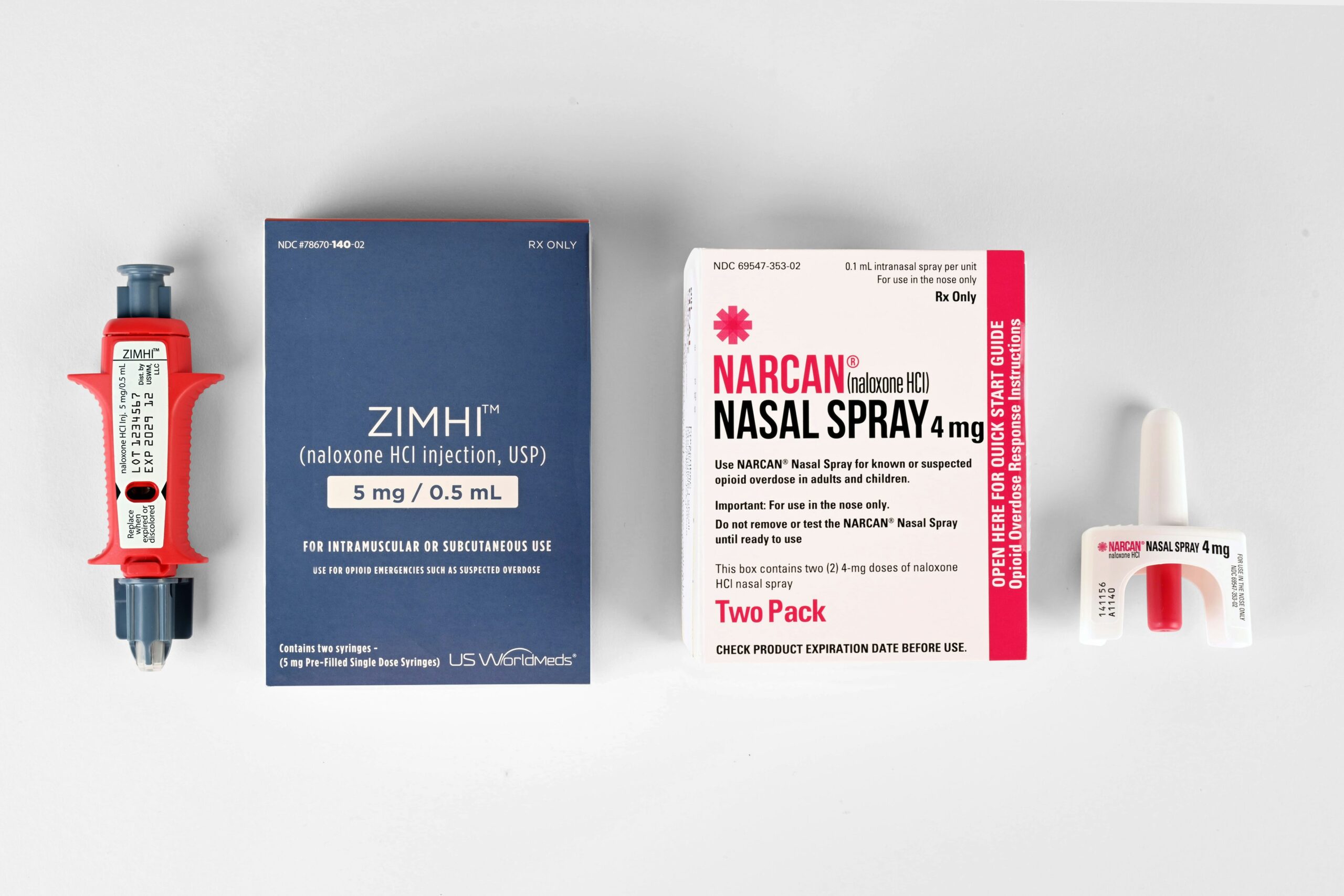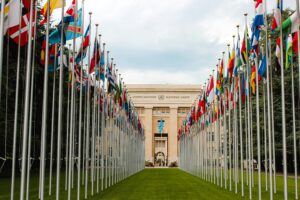HARRINGTON, UNITED STATES TRUSTEE, REGION 2 v. PURDUE PHARMA L. P. ET AL. O laboratório farmacêutica Purdue Pharma, controlado pela família Sackler, fabricante do OxyContin, considerado como um dos grandes responsáveis pela crise dos opióides nos Estados Unidos, que de acordo com a própria decisão, entre os anos de 1999 e 2019 matou aproximadamente 247mil pessoas naquele país, propôs um acordo de falência, com o pagamento parcial de suas dívidas, mediante a liberação integral de seus sócios de qualquer responsabilidade. De acordo com os votos dissidentes ao voto do relator, a liberação da família seria ponto importante, no caso em questão, para que fosse obtido um acordo vantajoso em favor das milhares de vítimas da empresa. E que tal acordo, teria sido obtido com a maioria quase absoluta dos credores e com a assinatura de mais de 50 procuradores estaduais. A Suprema Corte, por maioria de votos, entretanto, decidiu no sentido de que “limitando-nos à questão apresentada, o Tribunal sustenta apenas que o código de falências não autoriza a liberação que, como parte de um plano de recuperação nos termos do Capítulo 11, procura efetivamente liquidar créditos contra um não devedor sem o consentimento dos requerentes afectados”. Dessa forma, o acordo não pode ser efetivado na forma proposta.
Do corpo do acórdão:
“Between 1999 and 2019, approximately 247,000 people in the United States died from prescription-opioid overdoses. Respondent Purdue Pharma sits at the center of that crisis. Owned and controlled by the Sackler family, Purdue began marketing OxyContin, an opioid prescription pain reliever, in the mid-1990s. After Purdue earned billions of dollars in sales on the drug, in 2007 one of its affiliates pleaded guilty to a federal felony for misbranding OxyContin as a less-addictive, less-abusable alternative to other pain medications. Thousands
of lawsuits followed. Fearful that the litigation would eventually impact them directly, the Sacklers initiated a “milking program,” withdrawing from Purdue approximately $11 billion—roughly 75% of the firm’s total assets—over the next decade. Those withdrawals left Purdue in a significantly weakened financial state. And in 2019, Purdue filed for Chapter 11 bankruptcy. During that process, the Sacklers proposed to return approximately $4.3 billion to Purdue’s bankruptcy estate. In exchange, the Sacklers sought
a judicial order releasing the family from all opioid-related claims and enjoining victims from bringing such claims against them in the future. The bankruptcy court approved Purdue’s proposed reorganization plan, including its provisions concerning the Sackler discharge. But the district court vacated that decision, holding that nothing in the law authorizes bankruptcy courts to extinguish claims against third parties like the Sacklers, without the claimants’ consent. A divided panel of the Second Circuit reversed the district court and revived the bankruptcy court’s order approving a modified reorganization plan.”
…
“Confining ourselves to the question presented, the Court holds only that the bankruptcy code does not authorize a release and injunction that, as part of a plan of reorganization
under Chapter 11, effectively seeks to discharge claims against a nondebtor without the consent of affected claimants. Because the Second
Circuit held otherwise, its judgment is reversed and the case is remanded for further proceedings consistent with this opinion. P. 19.
69 F. 4th 45, reversed and remanded”.
Para leitura do inteiro teor da decisão:





